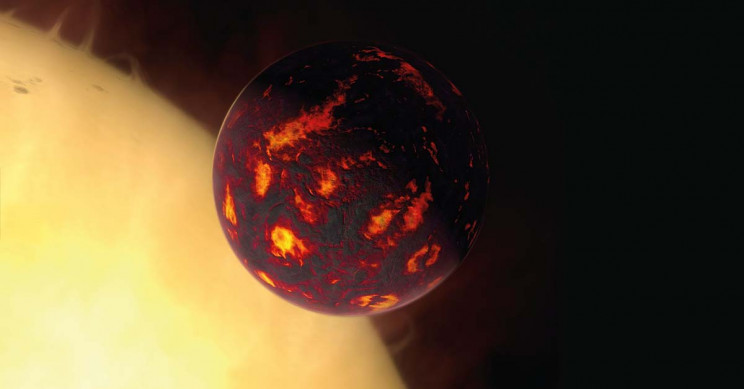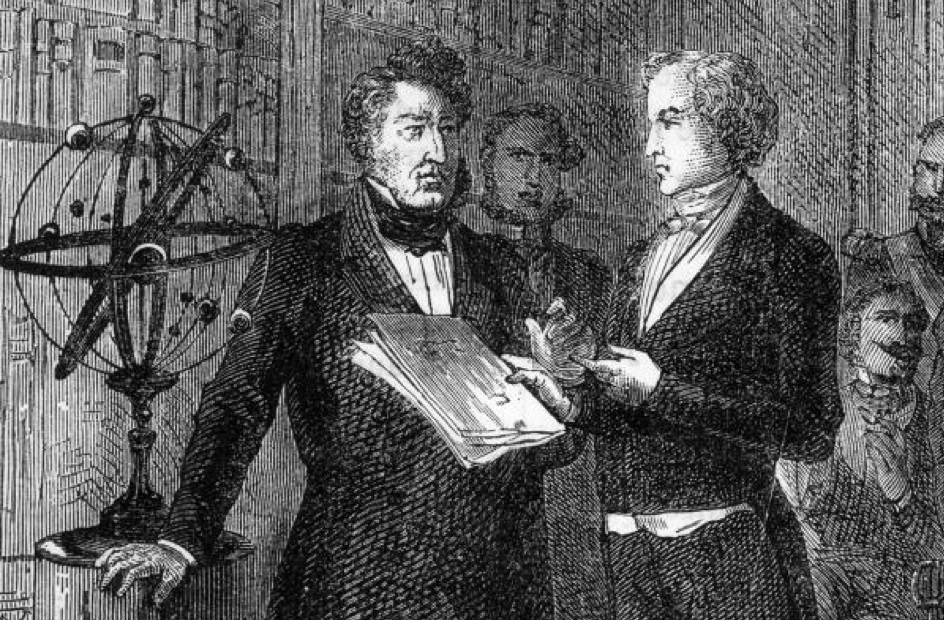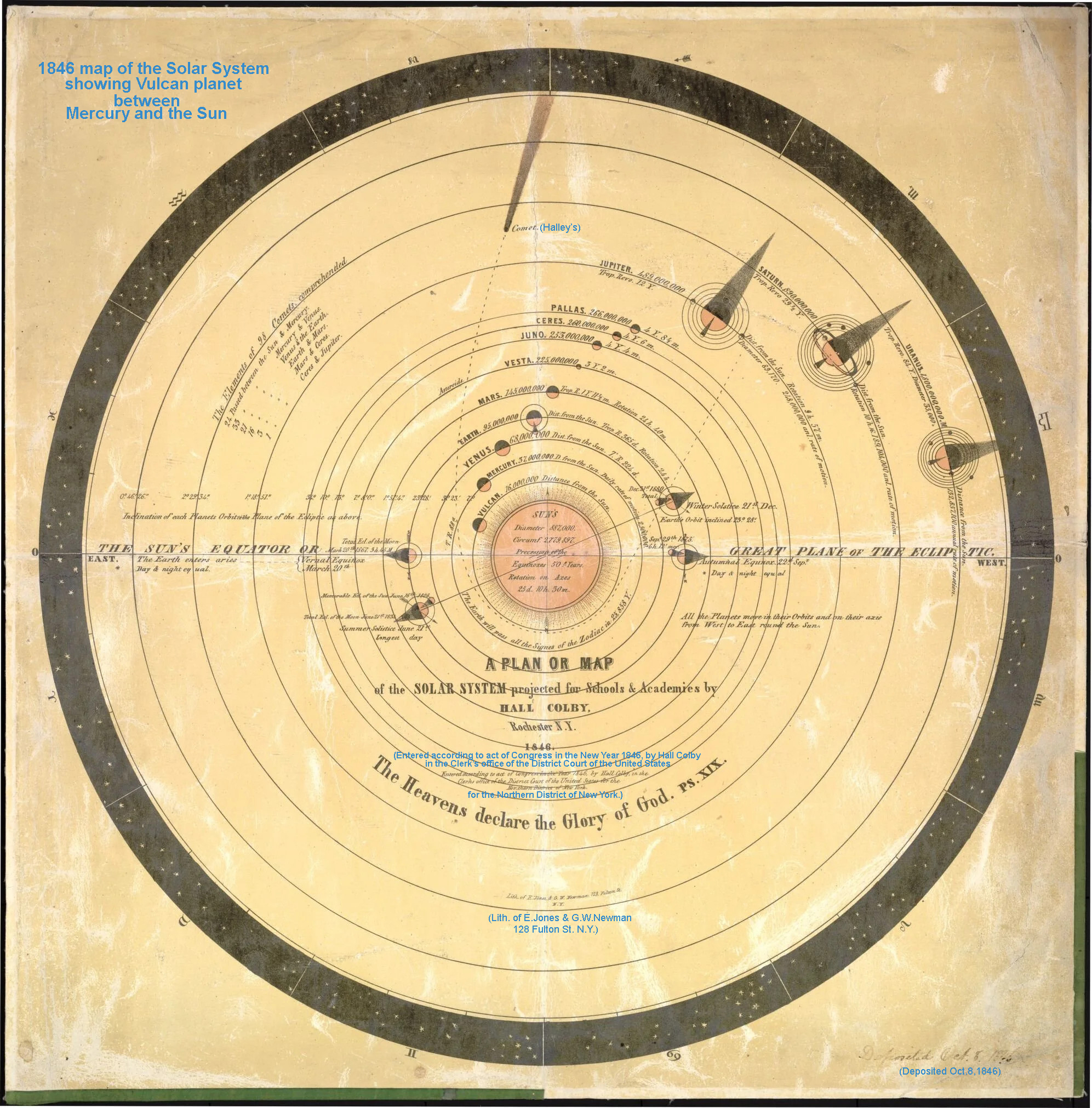|
The planet Vulcan was well known and researched in the late 1800's, but this knowledge and research was
quashed in the 1900's when the globalists and modern science and astronomy took over.
 The story begins with Edmond Lescarbault in France, an amateur astronomer who on March 26, 1859 discovered a small black dot crawling diagonally across the Sun's disc. He made known his discovery to Urbain Leverrier, the biggest astronomer of the day, who then paid Lescarbault a visit, and from what he heard became convinced of "Vulcan's" existence. |

| Leverrier then made his own observations and calculated Vulcan's orbit, giving it a period 19 days and 17 hours, and an inclination to the ecliptic of 12 degrees and 10 minutes. He and Lescarbault estimated its diameter to be 1/4th that of Mercury, its distance at 21 million kilometrers from the Sun, and noted that it never veered more than 8 degrees from the Sun. It also had a reddish color. Leverrier became so convinced of this object's existence that he and Lescarbeault proclaimed its discovery at L'Academie Des Sciences in Paris on January 2nd, 1860. |

|
Because of it's closeness to the Sun, Vulcan could best be seen during a solar eclipse or when it transited across the Sun's
disc. It was observed several times more, particularly during the solar eclipse of Jul 29, 1878. Things went quiet afterwards,
and in 1908 detractors came in heavy and started discouraging further searches. The nail in the coffin came in 1915 when a fraudulent
Albert Einstein and his bogus theory of relativity were used to explain away Vulcan's existence. The existence of the vulcanoid asteroid
belt, which Leverrier theorized, was also quashed.
Astronomers today continue to deny Vulcan's existence when it was clearly believed in during the late 1800's. It logically explained
Mercury's orbital irregularities. Not only did Leverrier passionately believe in intra-Mercurial Vulcan, but his calculations based on the
perturbations of Uranus also led to the discovery of Neptune some 13+ years earlier (Sep.23/24,1846), proving his skill as a keen observer
and astronomer. Like all great people, Leverrier was much maligned throughout his life for his unconventional methods and beliefs.
What other bodies are astronomers hiding from us and why? It appears the closest and farthest bodies from the Sun hold special importance
for the elite, which they are unwilling to share with the public. This hidden knowledge gives them more power over the masses. The seven-planet
system is a slave system. When Uranus, Neptune, and Pluto were revealed, the count went from seven to ten, but two more planets await discovery
or confirmation. Twelve, not seven, is the complete number, and when twelve planets(one for every zodiac sign) are known, humanity also will be
complete and free. Is Vulcan one of these last completion planets?
An object is indeed now stirring between Mercury and the Sun, causing many huge solar flares. Perhaps it's time for Vulcan to be seen again.
This time, the whole world will see it, and perhaps without a telescope. Is Leverrier's Vulcan the same object Scott C'one of Planet X Watch
has been tracking since 2007? I'm not sure, but I suspect we shall soon find out.
|